-
Art by
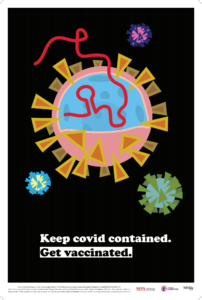
-
Art by
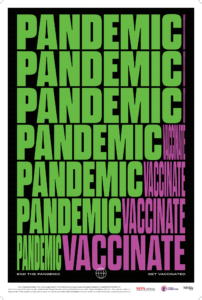
-
Art by
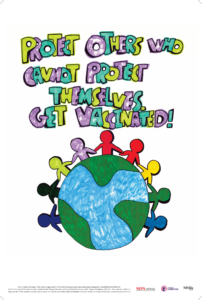
-
Art by
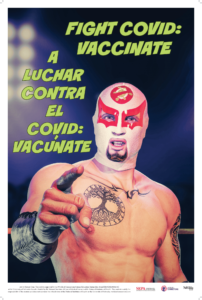
-
Art by
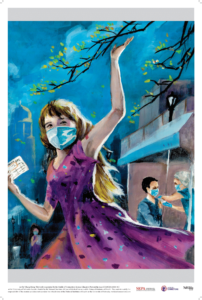
-
Art by
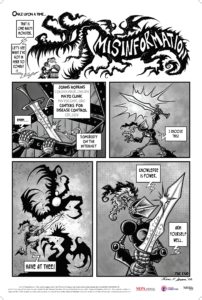
-
Art by
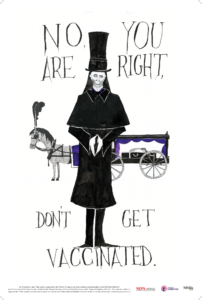
-
Art by
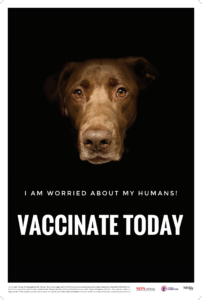
-
Art by
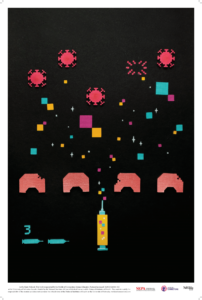
-
Art by
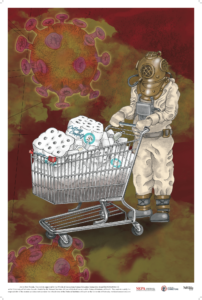
-
Art by
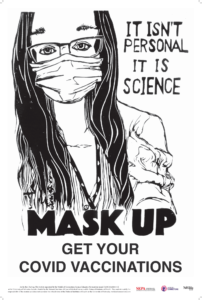
-
Art by
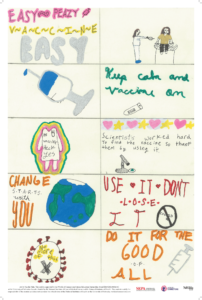
-
Art by
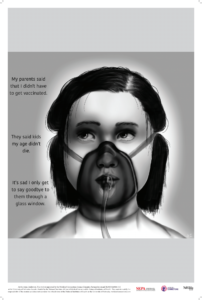
-
Art by
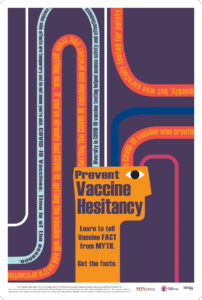
-
Art by
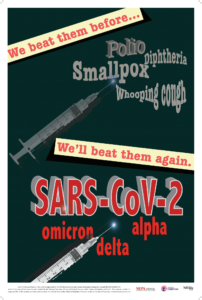
-
Art by
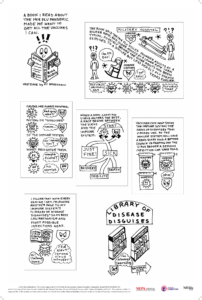
-
Art by
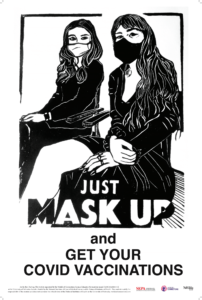
-
Art by
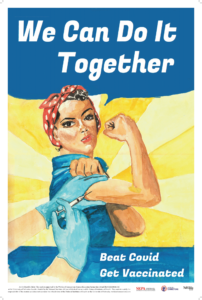
-
Art by
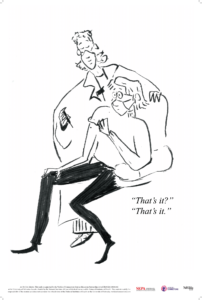
-
Art by
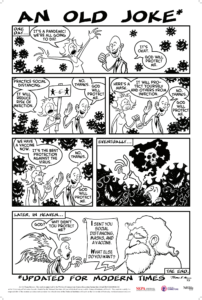
-
Art by
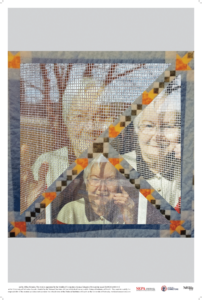
-
Art by
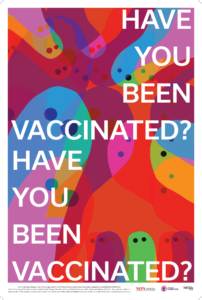
-
Art by
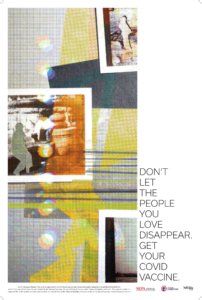
-
Art by
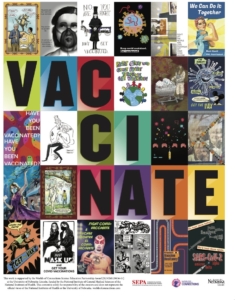
-
Art by
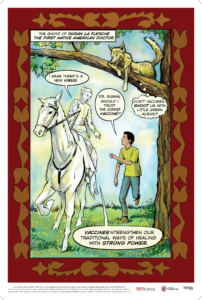
-
Art by
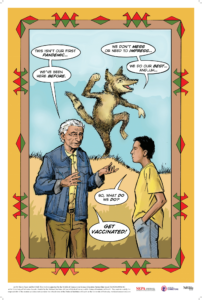
-
Art by
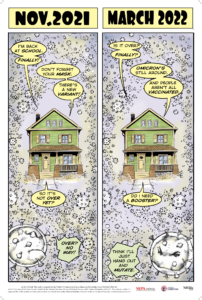
-
Art by
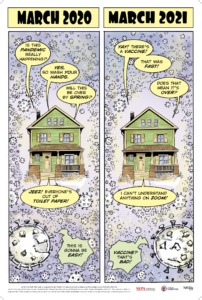
-
Art by
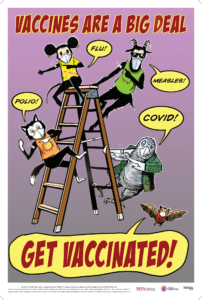
-
Art by
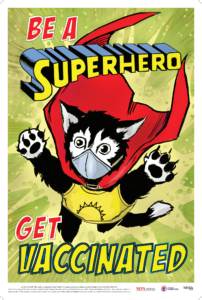
-
Art by
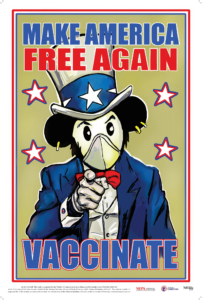
-
Art by
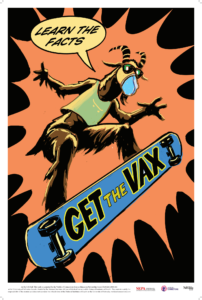
-
Art by
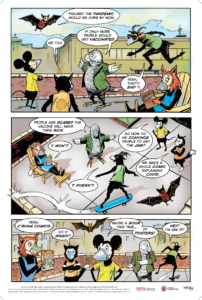
-
Art by
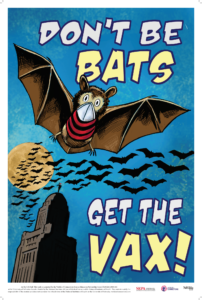
-
Art by
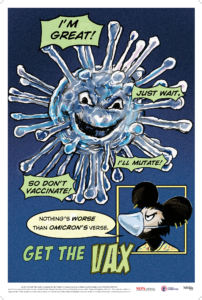
-
Art by
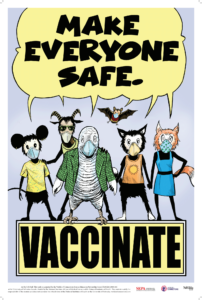
-
Art by
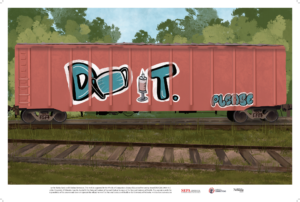
-
Art by
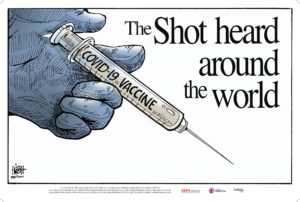
-
Art by
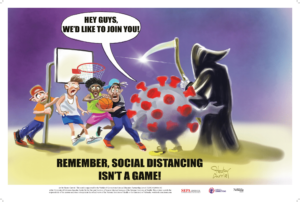
-
Art by
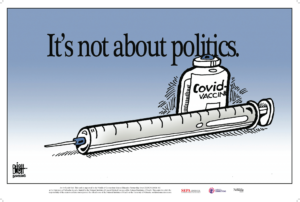
-
Art by
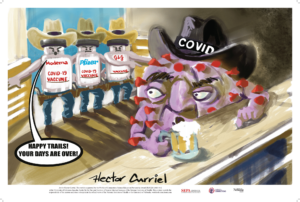
-
Art by
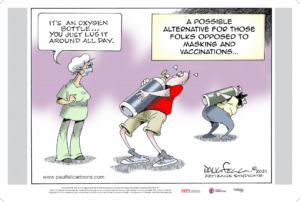
-
Art by
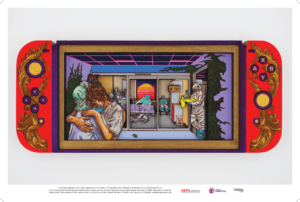
-
Art by
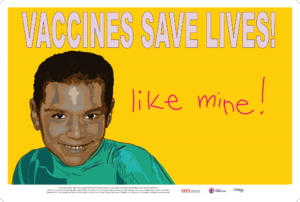
-
Art by
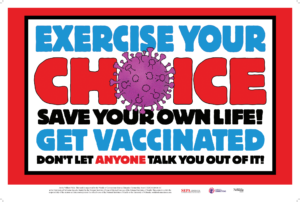
-
Art by
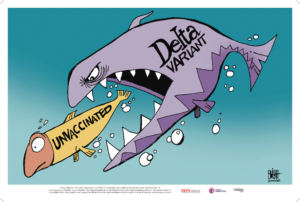
Why ask artists to help reduce vaccine hesitancy?
In 2020 we began living through a global pandemic. We knew that vaccines are one of the most effective strategies for preparing individuals’ immune systems to defend against viruses, thereby slowing the spread of infectious disease, minimizing symptoms, and lowering healthcare demands. In short, vaccines save lives and can reduce the risk of contagion from social interaction. Vaccines offer tremendous community-wide protection against life-threatening diseases, but people must choose to vaccinate to manifest individual and community benefits.
Science and medicine have coalesced to improve the health of many people. For example, anesthesia controls pain during operations, synthetic insulin adjusts human hormones to control diabetes, robotic-assisted surgeries reduce healing time, and better understanding of human genetics has led to recognition of specific disease-causing cells to improve cancer therapies. The creation of vaccines is one of the most remarkable of all scientific and medical discoveries. By working with the human immune system, vaccines prevent the spread of and limit the damage diseases caused by viruses. Each year, vaccines prevent four to five million deaths from infectious diseases such as measles, polio, rabies, tetanus, cholera, typhoid, yellow fever, tuberculosis, diphtheria, hepatitis, influenza, human papillomavirus, and meningitis.
The COVID-19 pandemic spread like wildfire, catching much of the world unprepared to protect people from sickness and death. In the mist of chaos, scientists collaborated to build on decades of discoveries that led to rapid vaccine creation against severe acute respiratory syndrome coronavirus2 (SARS-CoV-2). We may not want to remember much from a pandemic that has resulted in over six million deaths, but never in the history of medicine had an effective prevention against deadly disease been so quickly refined, manufactured, and made widely available.
In the United States in late 2021, after the vaccines had been available for almost a year, one in five adults still chose not to get vaccinated against COVID-19. Most scientists and medical experts are perplexed that people are hesitant about or simply reject life-saving vaccines. However, people remain unprotected against infection by the COVID-19 virus for many reasons. Some people were infected and/or died before the vaccine was available, others are too immunocompromised to get the vaccine, and for others, the vaccine is insufficient. Others do not benefit from vaccination because of political messaging, gaps in social infrastructure, religious concerns and misinformation, and lack of trust—in part based upon historical evidence—that government-supported science and medicine will act in their best interests. Some, including many young people, assume that COVID-19 is primarily a disease of the elderly. Others fear that the vaccine is more dangerous than the disease it is supposed to protect against. Regardless of the concerns, the high rates of vaccine rejection in the U.S. put it at odds with many of the world’s other developed countries where vaccination rates are much higher.
Without knowledge of multiple ways of conveying information, scientists may not be able to convey the importance or utility of their discoveries to the public. Collaborating with artists is one means for innovative communication. We had the opportunity to invite artists to join the Vaccinate project as part of a supplement grant to our National Institutes of Health-funded initiative, Worlds of Connections. After seeking submissions during Fall 2021, a team of six advisors from the fields of epidemiology, public health, veterinary medicine, sociology, graphic art, and comic art selected 33 out of 66 pieces. We commissioned 10 additional works from comic artist Bob Hall, lead artist of the C’RONA Pandemic Comics (University of Nebraska Press 2020), and two from Ho-Chunk multidisciplinary artist Henry Payer (“Tribal C’RONA Comix”). The submissions came from around the U.S., plus one from Mexico, and the contributors ranged in age from elementary school to seniors in retirement.
Art can disrupt what is embedded in our minds and open us up to new perspectives and insights. We hope to offer access to viewpoints, images, humor, and knowledge that inspire people to consider their role in the pandemic and the role of vaccines. We hope that experiencing the art will encourage those who have avoided the COVID-19 vaccine to reconsider its value. We are thrilled to provide the posters for those who want to enjoy, reflect, and share them with others who are inspired by the power of vaccines and who want to help stop the spread of deadly viruses.
In spring of 2023, the University of Nebraska Press will publish the posters in a book: Vaccinate: Posters from the COVID-19 Pandemic. Edited by Aaron Sutherlen, Judy Diamond, Meghan Leadabrand, and Julia McQuillan. Foreword by St Patrick Reid. The cover for the book will be the poster by Aaron Sutherlen that says “Vaccinate” with a collage using several of the posters.









